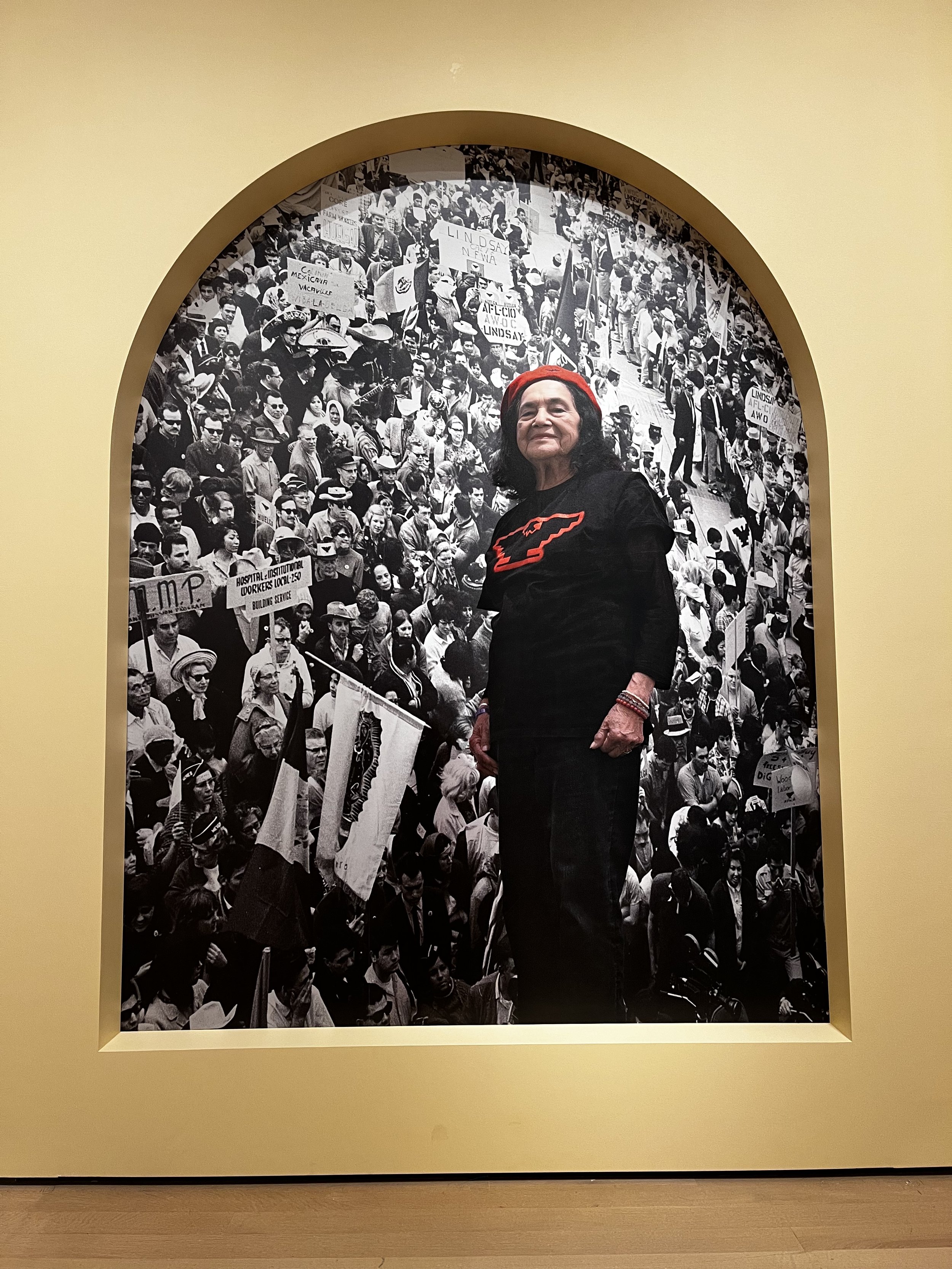LaToya Ruby Frazier's "Monuments" Gives All the Power to the People
Did you know that, according to The New York Times, America’s “foremost social documentary photographer” is a Black woman?
Renowned for her offering of vigorous sociopolitical commentary with an impassioned poetic flair, multidisciplinary artist-activist LaToya Ruby Frazier has dedicated her 20-plus-year career to reviving and preserving forgotten narratives of labor, inequality, gender, and race in the postindustrial era. She’s documented intergenerational Black women interiority in “The Notion of Family,” the Flint, Michigan water crisis in “Flint Is Family,” the decimation of the auto industry in “The Last Cruze,” and the heroism of Black essential workers in “More Than Conquerors,” among other series. And now you can now view many of these powerful images, videos, texts, and performances at “Monuments of Solidarity,” her first-ever museum survey, at the Museum of Modern Art in New York City. That’s exactly what I did on a Wednesday afternoon in June.
For this reason, it is incumbent upon me to resist-one photograph at a time, one photo-essay at a time, one body of work at a time, one book at a time, one workers' monument at a time-historical erasure and historical amnesia. — text on the wall at the exhibition entrance, LaToya Ruby Frazier
What struck me most about Frazier’s survey was its defiance. In viewing the full range and scope of Frazier’s varying work— beginning from her first photographs at 16 through today at 42—and, most notably, her practice of documenting and interviewing working class people in overlooked and neglected conditions, I recognized her open resistance to long-held notions of art-making. Specifically, art-making focused on documenting Black working class individuals and communities. Roxana Marcoci, the MoMA senior curator who put together “Monuments of Solidarity,” echoed this observation in a recent Times profile written by journalist Siddhartha Mitter:
“Like [Gordon] Parks, she sees the camera lens as a radical tool for resistance,” Marcoci said of Frazier. “But by ‘centering on the act of looking after and listening to the people whom she is representing in her work,’ Marcoci added, Frazier’s projects invite viewers to think alongside them, rather than regard them as subjects.”
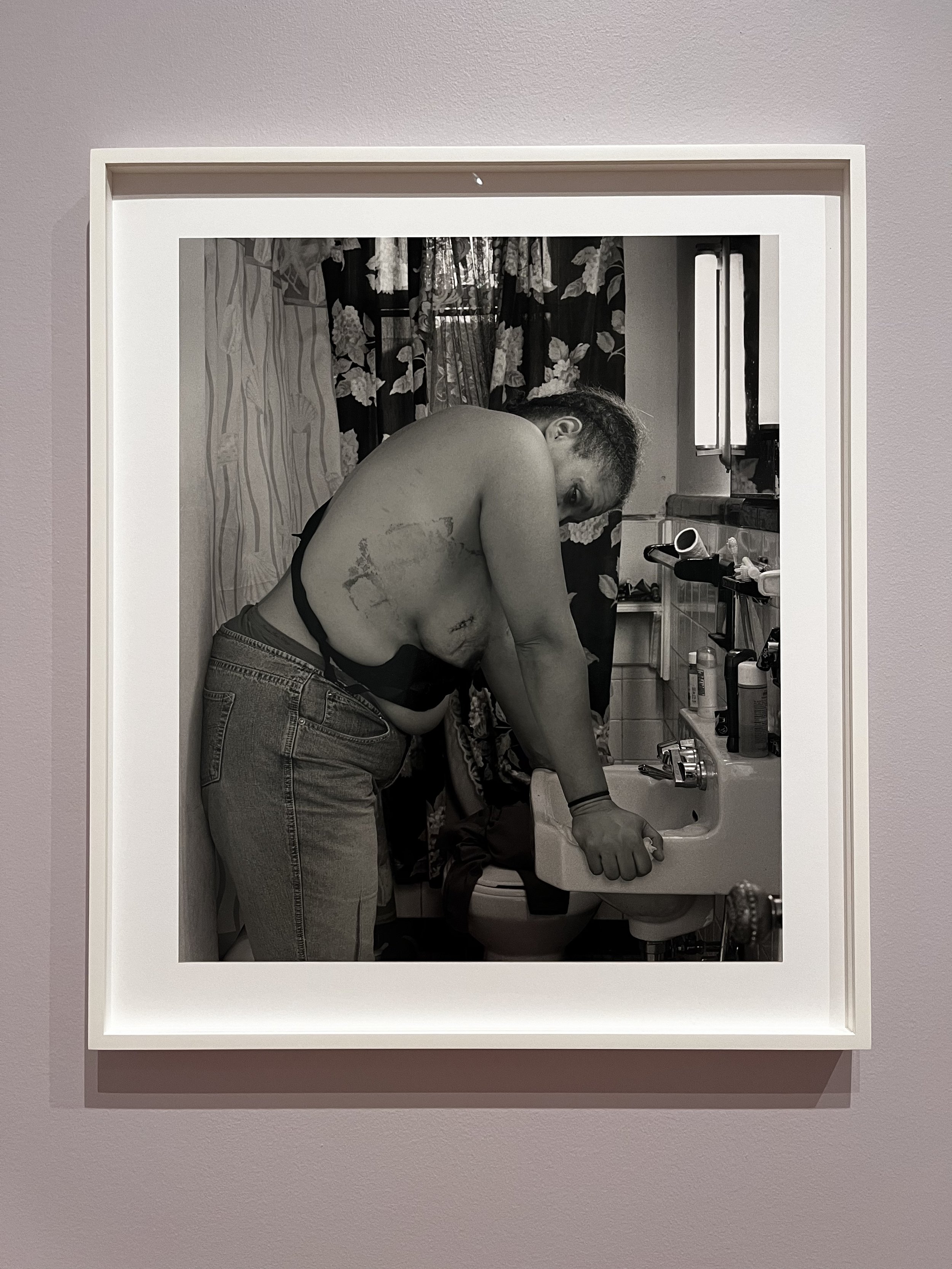
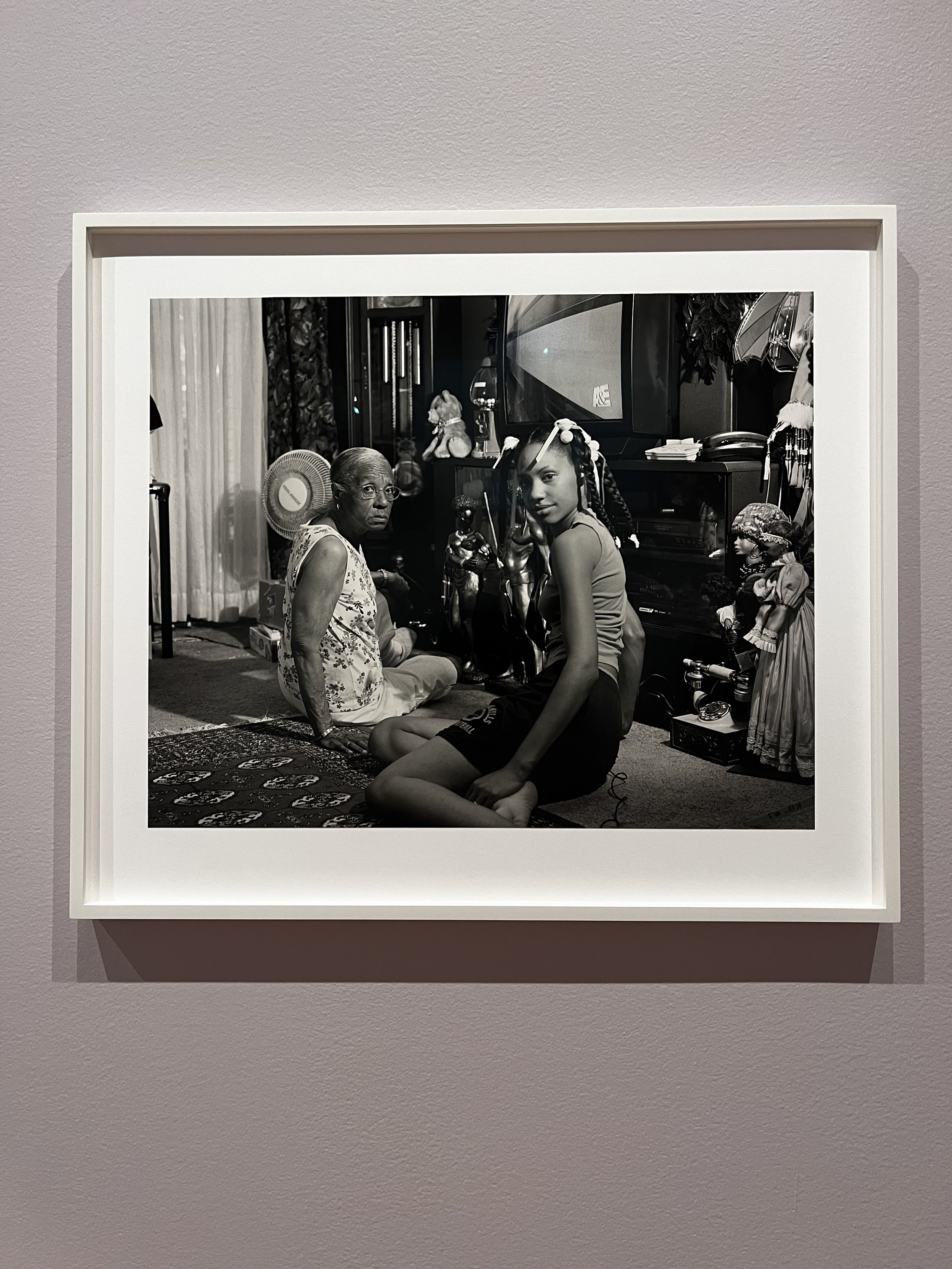


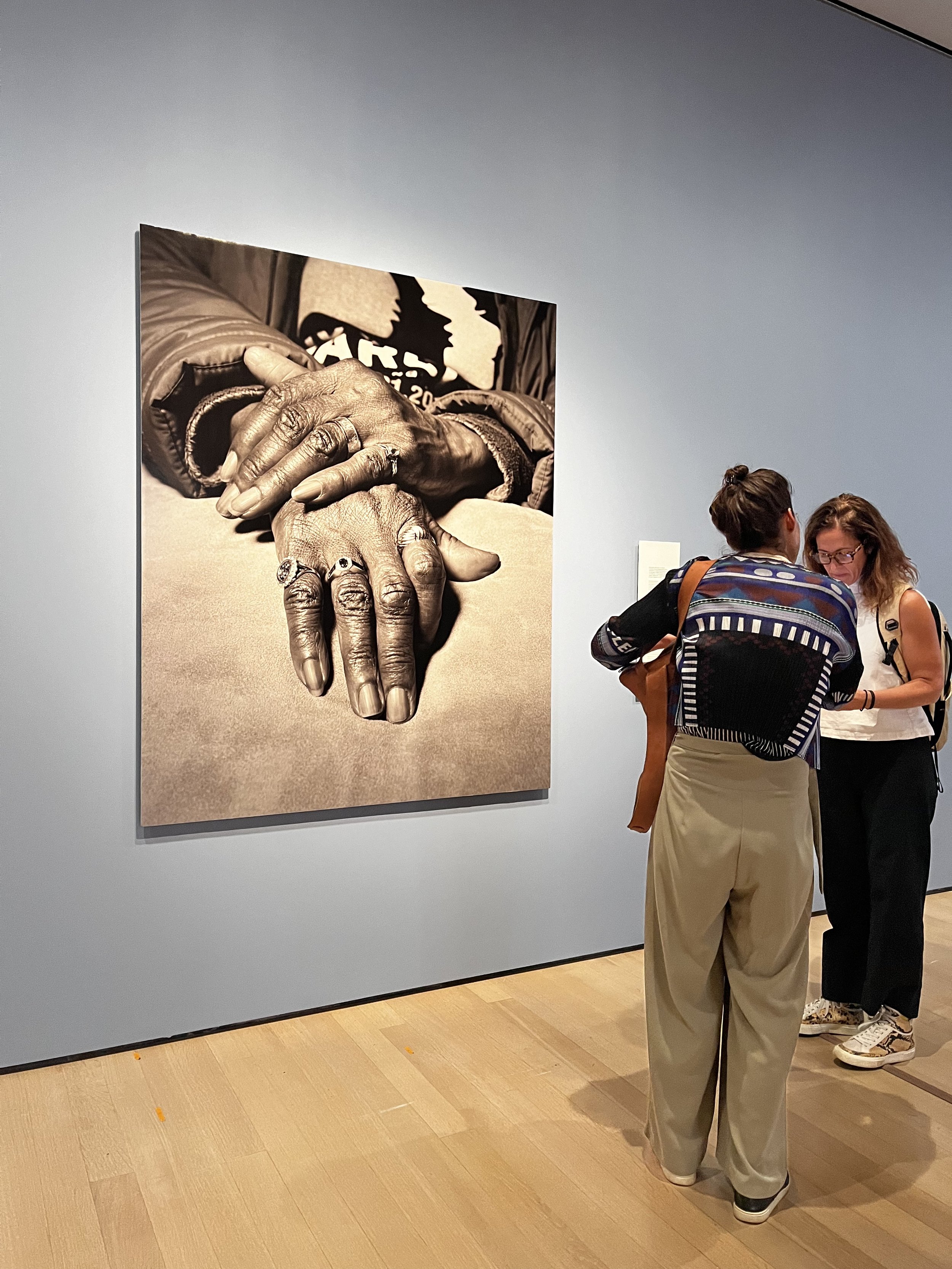
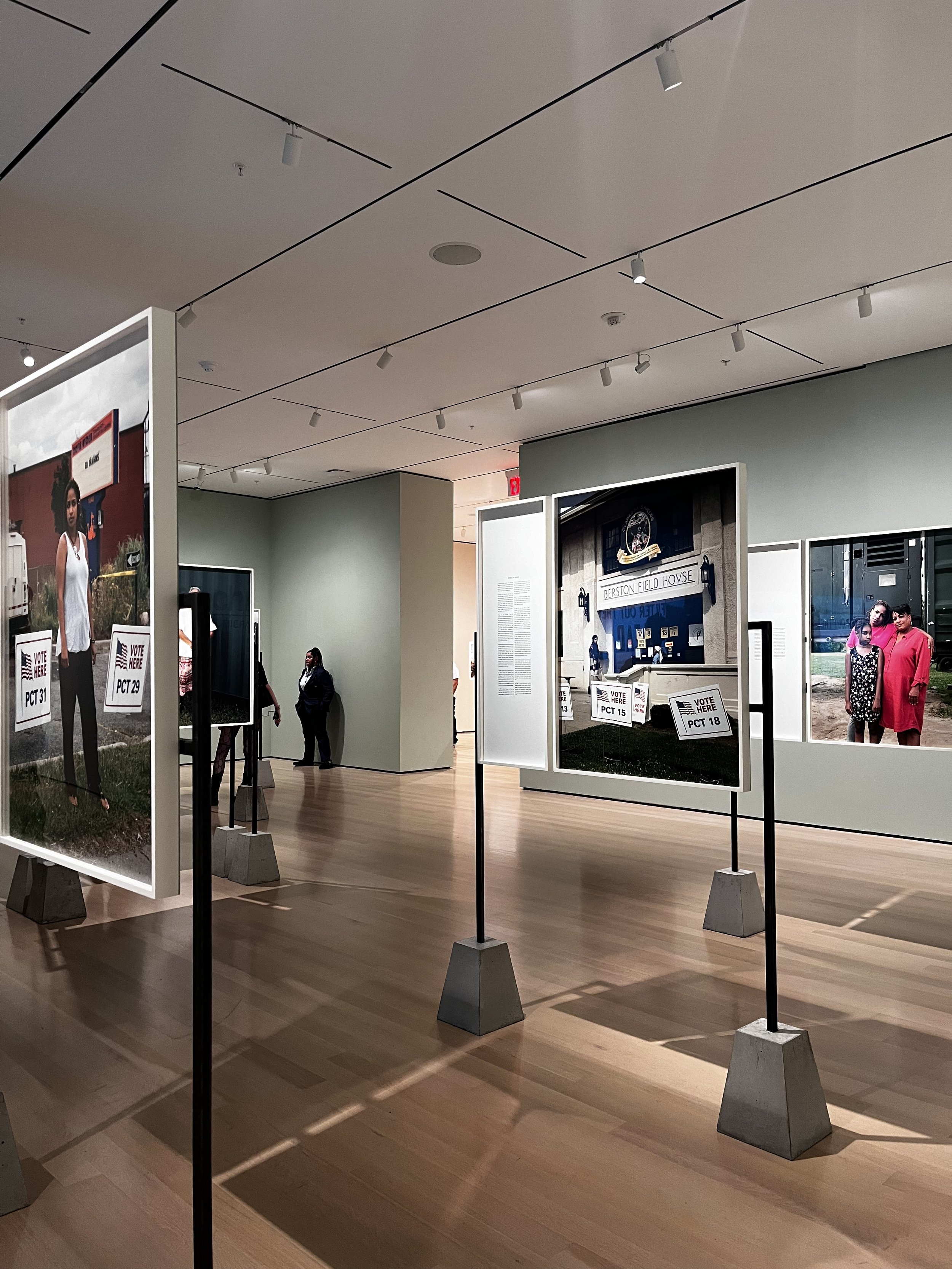
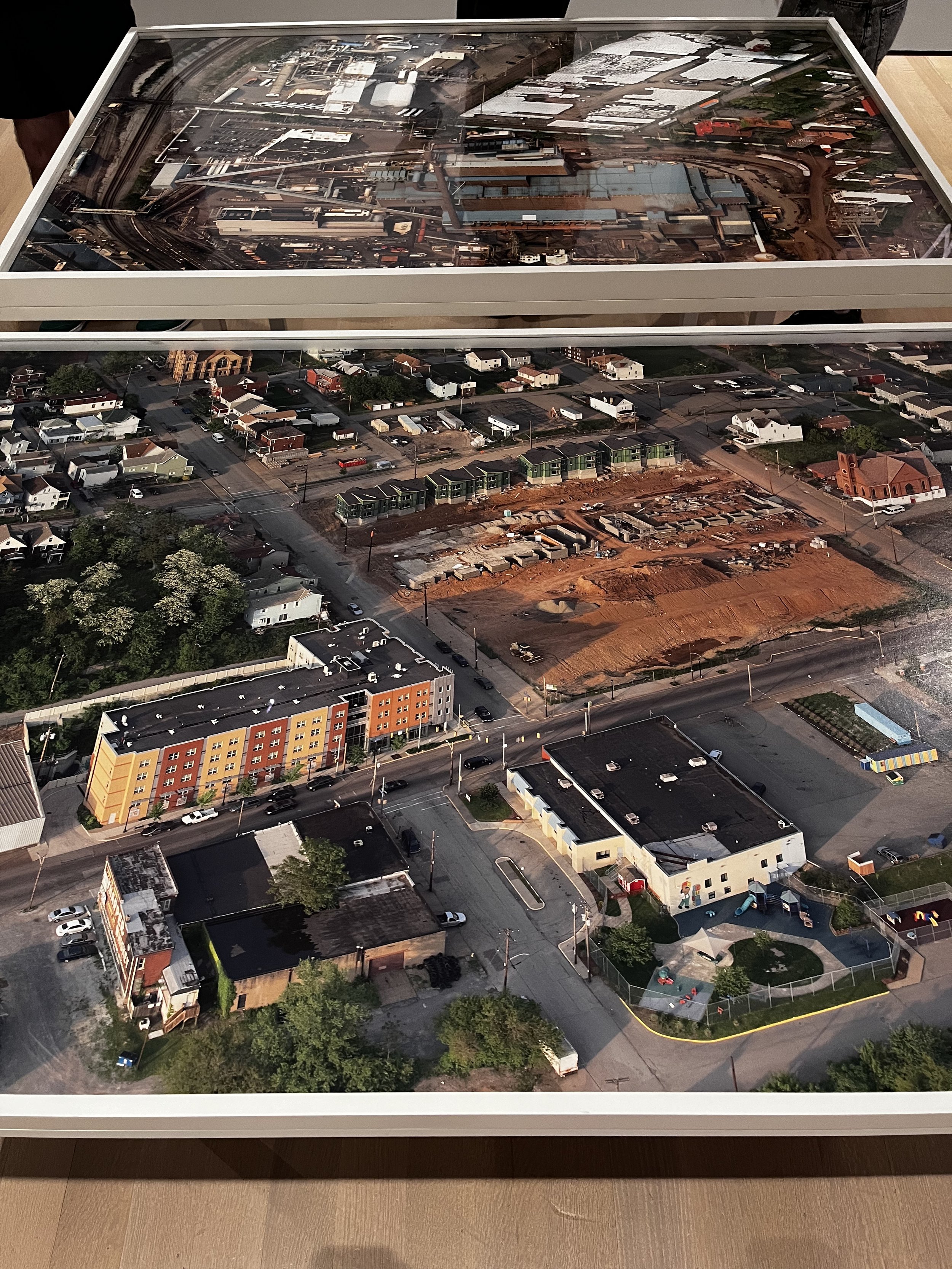

As a journalist who has dedicated her entire career to reporting on and writing about Black women, I’ve often had to resist specific criticisms about who I cover in my work and how I go about said coverage. I’ve been told by many, including top editors at major publications, not to pigeonhole myself by focusing on stories about and for Black women. I’ve been told not to include myself or my voice in the story, not to worry about particular nuances of culture and language, not to come off too subjective or “activisty.” Funnily enough, by 2020, my resistance and disobedience of that feedback had resulted in a body of work and a specific work practice that these same publications and editors clamored for in the wake of the murders of Breonna Taylor, George Floyd, and the subsequent Black Lives Matter uprisings. And yet, I felt more validated and seen as a journalist while walking through Frazier’s “Monuments of Solidarity” exhibition than I did during that time (which also happened to be the most financially lucrative and in-demand time of my career).
As a visual artist, Frazier could have stopped at photography and video, opting to let the images speak for themselves. Instead, she chose to include the voices of the individuals spotlighted in each series, featuring lengthy interview transcriptions and visual and audio recordings. As I walked through the exhibition, I noticed how visitors, many of whom had surely traveled from other countries to this famous U.S. institution, read about the deindustrialization and environmental degradation of Frazier’s predominantly Black hometown of Braddock, Pennsylvania and similar stories in Flint, Michigan, Baltimore, Maryland, and beyond. Frazier understands the power in agency and self-determination, how centuries of stereotypes, biases, assumptions, and typecasting can often drown out whatever an image or image-maker might have to say.
I also want to note this distinction Frazier makes in a 2016 interview with The Chicago Reader: “I’m not a social documentarian, I’m an artist speaking through photographs.” Because as vigorous and necessary as her commentary and documentation practice are, she is first and foremost an artist, as made clear in her brilliant exploration of composition, color, light, and perspective, as well as her expert storytelling skills and sense of emotionality. “Monuments of Solidarity” proved what I’d known to be true as a young Black girl thirsty for thoughtful images and text that reflected my reality growing up in a neglected, working-class urban neighborhood, in an overcrowded apartment with an influential grandmother and mother, in a community full of undervalued, overworked essential workers. That these people, experiences, and lives deserve to be expressed and shown with care, dignity, honesty, and skill, in artful ways that speak to their beautiful complexities that reveal the darkest and brightest parts of this nation all at once.
“The people that are in all these valleys, they already have the power,” Frazier told the Times. “‘I’m just saying, ‘Hey y’all, look at this amazing power, look at this amazing light.’”
Recommended Reading:
LaToya Ruby Frazier Is Paying It Forward, The New York Times
LaToya Ruby Frazier: The Photographer, The Chicago Reader
LaToya Ruby Frazier and Fred Moten by Dawn Lundy Martin, BOMB


